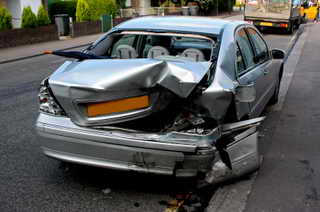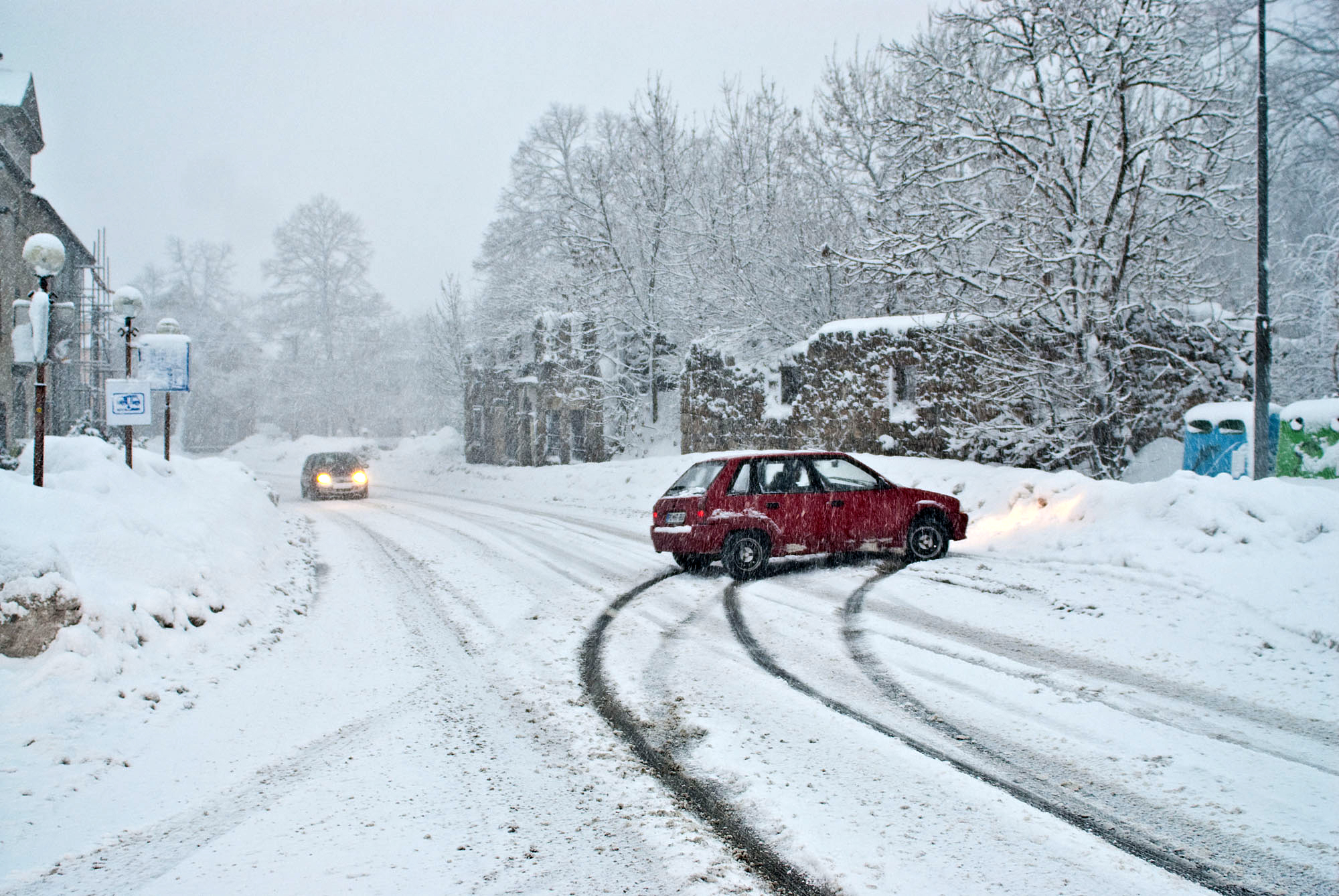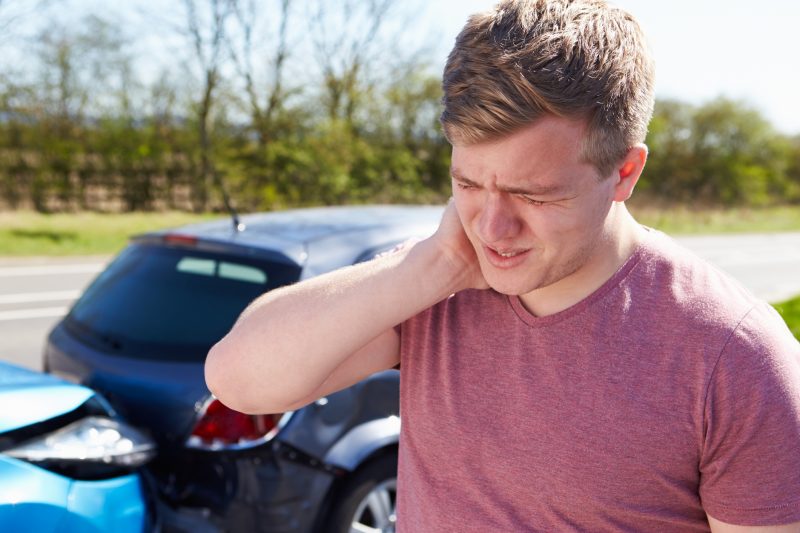No damage, no injury? Although many think that this is true, it is a myth that does not hold water. When two vehicles strike each other in a rear-end type collision there is always energy transfer from one vehicle to the other. This energy transfer will also be reflected in movement of the occupants. The position of the occupants at the time of the impact is a critical factor in assessing the mechanism and injury probability.
The important thing to remember is that when low speed impacts occur, lack of damage on a car's external appearance may not reflect the true damage. When investigating these types of accidents, one must look at the bumper isolation systems and the support structure of the vehicle for damage that could have occurred. The bumper isolation system is designed to protect the vehicles safety systems, such as the front and rear lights. The isolation system is not designed to prevent visible vehicle damage. Today's passenger cars, not trucks and SUVs, are required to have a bumper isolation system.
The assessment of a low speed vehicle impact accident may also require the inspection of both accident vehicles. CED's engineering experts have performed many low impact vehicle investigations over the past 20 years. First the accident reconstructionist will complete an analysis of the impact forces and determine the change in the velocity of the struck vehicle. This information is then passed on to a bio-mechanical engineer. The bio-mechanical engineer will then perform an analysis of the medical records documenting any injuries and the forces that are required to produce those injuries. The direction and magnitude of the forces, on the occupant can be compared to the injuries to determine if they are consistent with the accident scenario.






